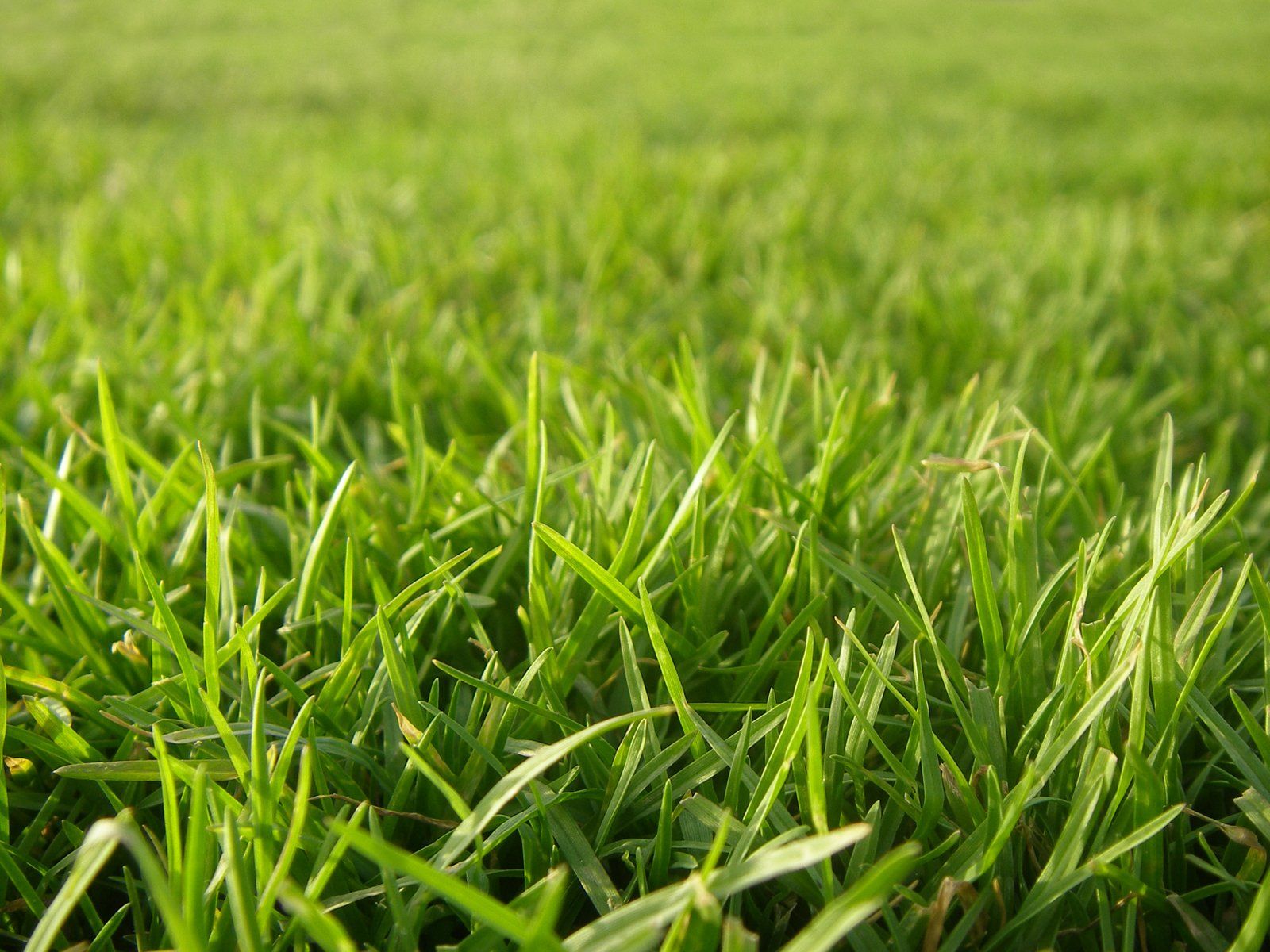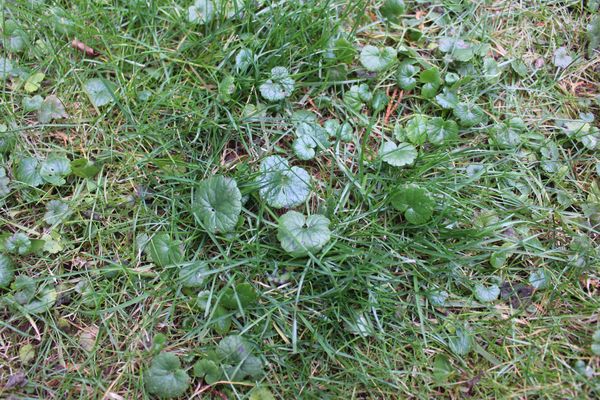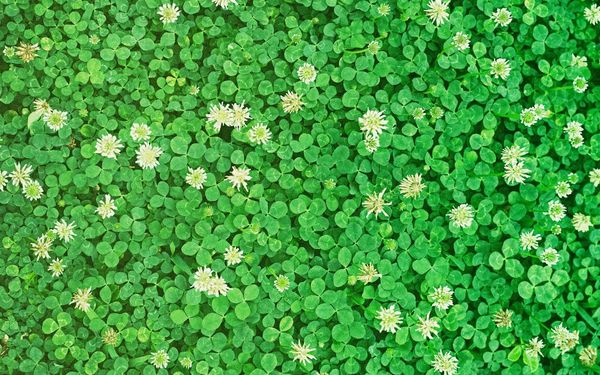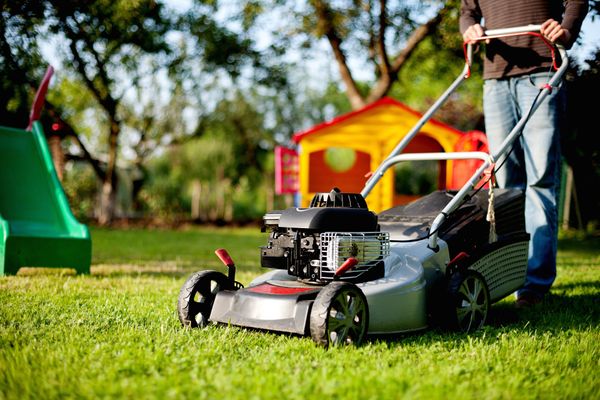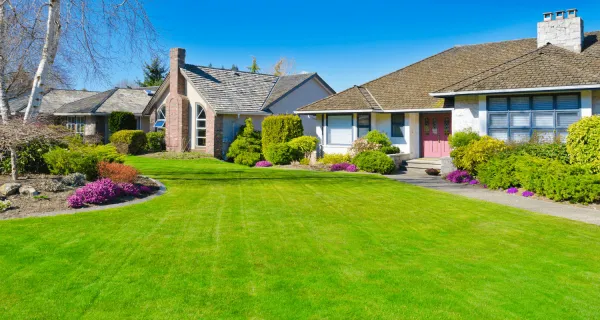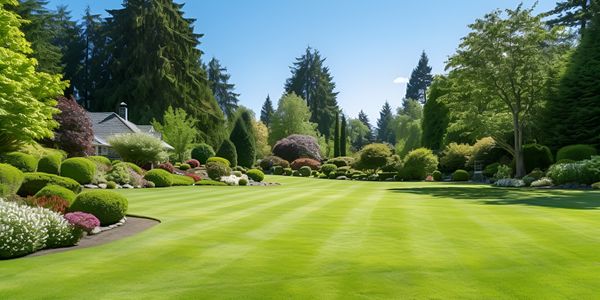Everyone dreams of a verdant, lush lawn that enhances the aesthetic appeal of their home. One of the pivotal steps to achieving this is understanding when to plant grass seed. There is no one-size-fits-all answer, as the ideal timing depends on your location, climate, and grass type. In this guide, we will walk you through the essentials, giving you the knowledge to plant your seeds at the right time for a thriving lawn.
Choosing the Right Grass Seed
Before diving into the best planting time, it’s essential to consider the type of grass you intend to grow. There are two primary categories of grasses: cool-season and warm-season grasses.
Cool-season grasses, like Kentucky Bluegrass, Ryegrass, and Fescue, grow best in temperatures between 60-75°F. These thrive in northern climates and exhibit vigorous growth in the spring and fall.
Warm-season grasses, including Bermuda, Zoysia, and St. Augustine, prefer hotter temperatures, around 80-95°F. They flourish in southern regions and show optimal growth in late spring and summer.
Optimal Planting Time for Cool-Season Grasses
Fall is the ideal time to plant cool-season grasses. More specifically, aim for late summer to early fall - typically between August and October, depending on your location. This period offers mild temperatures and regular rainfall, creating an ideal environment for these grass seeds to germinate and establish roots before winter.
Why is fall preferable over spring? While spring also presents suitable temperatures for cool-season grass growth, it’s also a time when weed competition is at its highest. Planting in fall reduces this competition, giving your grass a fighting chance to establish itself before winter arrives.
Best Time to Plant Warm-Season Grasses
For warm-season grasses, the best planting time is late spring to early summer. This window, generally between April and June, coincides with the onset of consistently warm temperatures, which these grasses need for successful germination.
Why not plant in the peak summer? High temperatures can stress the grass, impeding its establishment and growth. It's best to plant just before this peak period so that the grass is well-established before the most intense heat arrives.
Local Climate Considerations
While these general timelines are helpful, it's critical to consider your local climate and weather patterns. The planting windows may shift depending on your specific location. It’s always best to consult with local agricultural extensions or lawn care professionals for tailored advice.
Preparing for Planting
Regardless of when you plant, soil preparation is vital. Before seeding, clear the area of weeds and debris. Aerate compacted soil to promote better nutrient, water, and oxygen uptake. Lastly, enrich your soil with a starter fertilizer to provide necessary nutrients for your grass seed.
Patience and Care
Patience is key when planting grass seed. After sowing, keep the soil consistently moist but not waterlogged. Overwatering can wash away the seeds or cause them to rot. Maintain a regular watering schedule, and be patient. Germination times vary between grass types, from as little as five days to as long as a month.
The Importance of Aftercare
While it's essential to know when to plant grass seed for optimal results, we shouldn't overlook the significance of aftercare. Once your grass seeds are in the ground, your job is far from over. Post-seeding care plays a critical role in nurturing a lush, healthy lawn.
Watering is key during this period. As mentioned earlier, you'll need to keep the soil consistently moist. This usually involves light daily watering until the new grass reaches mowing height. Avoid soaking the soil, which can lead to seed displacement or rot.
The first mowing is also a crucial step. It's typically best to mow when the grass reaches about one-third higher than the recommended mowing height for your specific grass type. For cool-season grasses, this is usually around 3 to 3.5 inches, while for warm-season grasses, it tends to be around 2 to 2.5 inches.
The Role of Fertilizer
Understanding the role of fertilizers in your lawn's health can also ensure your grass grows healthy and strong. We touched briefly on starter fertilizers, but it's worth delving deeper.
Starter fertilizers are high in phosphorous, which is crucial for root development. Using this type of fertilizer at the time of seeding can promote root growth and help your grass establish more quickly.
Once your lawn is established, switch to a regular lawn fertilizer, which has a different nutrient balance designed to support leaf and stem growth. Regularly fertilizing your lawn, typically a few times a year, can help keep it green and healthy.
Addressing Common Challenges
Every lawn is unique and comes with its own set of challenges. Maybe your yard has shady areas where grass struggles to grow, or perhaps you're battling persistent weeds. These challenges are normal, and part of the process of growing a lawn.
The key is to stay patient, be consistent with care, and don't be afraid to seek advice. Local agricultural extensions, garden centers, and online resources can offer insights and recommendations for your specific situation.
Conclusion
Knowing the appropriate time to plant grass seed – whether it's cool-season grass seed like tall fescue or perennial ryegrass, or warm-season grass like Bermuda grass or Zoysia grass – can significantly impact your lawn's overall health and appearance. Keep in mind that optimal planting windows vary based on the grass type and the local climate, with ideal soil and air temperatures playing a significant role in seed germination.
If you're looking to improve an existing lawn or start from scratch, understanding these key factors will ensure your hard work yields a lush, green carpet of grass. The right timing, diligent preparation, and adequate aftercare can make all the difference between a struggling lawn and a thriving one.
So, as you look to your yard and start planning, remember, the journey to a lush lawn begins with knowing the best time to plant grass seed. Follow these guidelines, be patient, and soon, you'll be rewarded with a beautiful outdoor oasis, right outside your doorstep.

